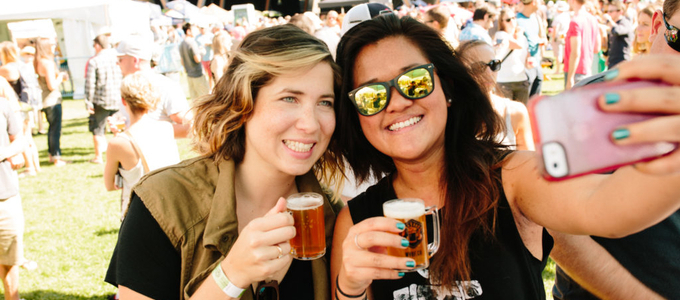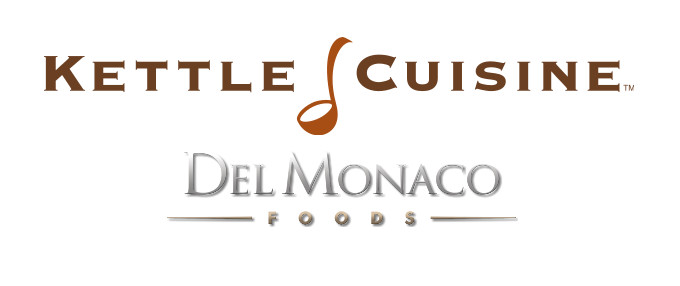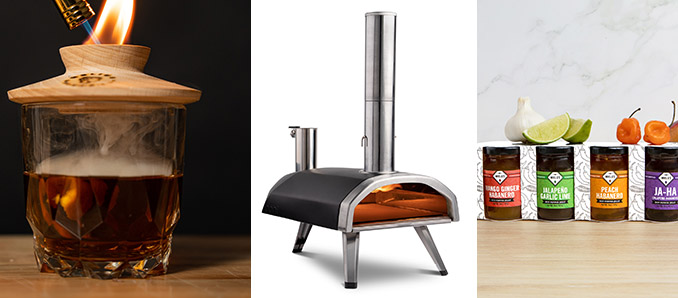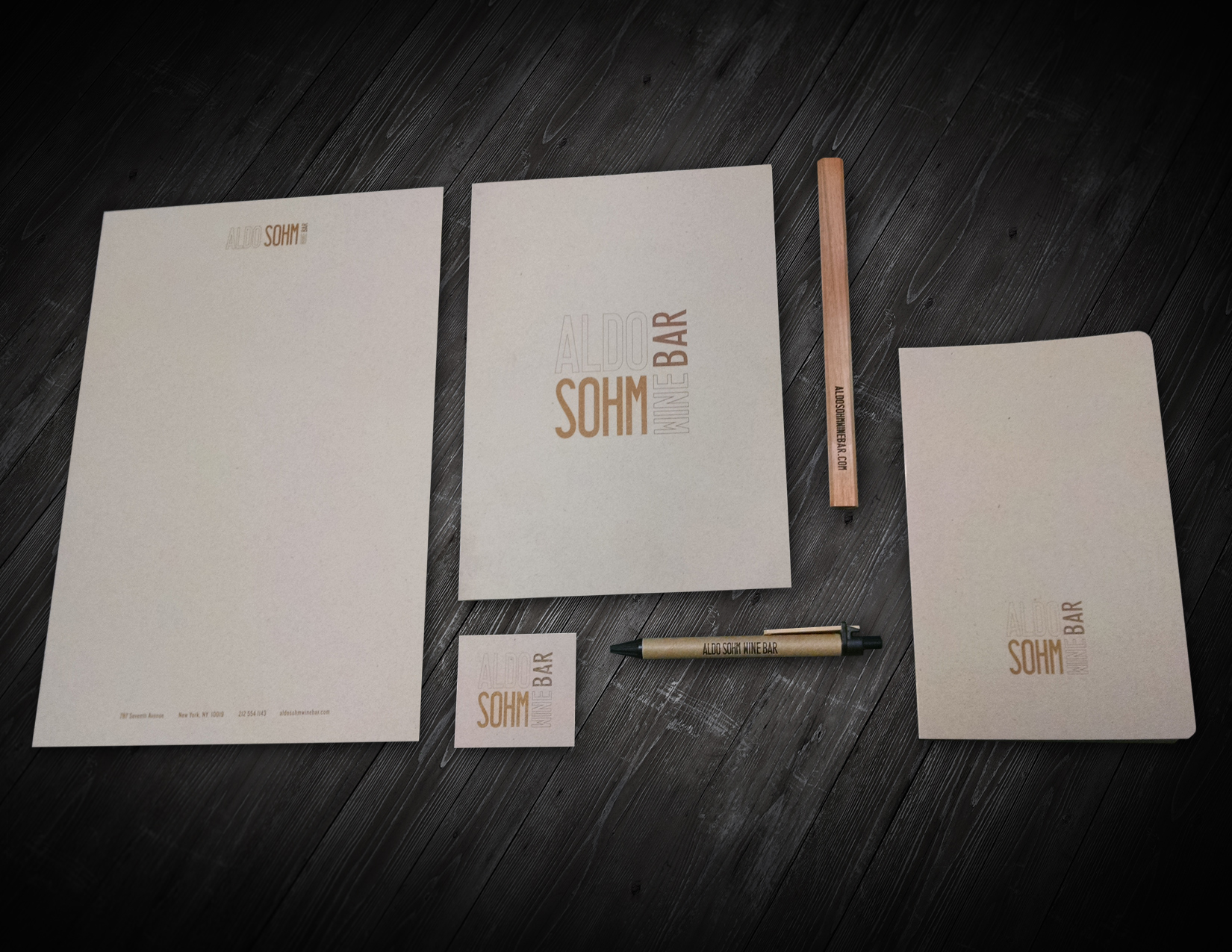Wine tasting is an art, and it involves more than just drinking wine. But did you know there are different methods for tasting quality dinner and dessert wines?
Horizontal vs Vertical: Wine Tasting Methods – Food & Beverage Magazine
The two primary methods that the experts use are called horizontal and vertical tastings – and even a total beginner to the world of wine tasting can use these methods as well.
Understanding the difference between horizontal and vertical tastings can help wine enthusiasts appreciate the complexities of wine even more. This guide will explore the key differences between the two ways to sample wine so you can get the most out of each experience.
What is Horizontal Wine Tasting?
Horizontal wine tasting involves sampling wines from the same vintage across different wineries, regions, or grape varietals. This allows wine enthusiasts to compare the characteristics of different wines that share a common vintage.
The wines are usually tasted in the order of light to full-bodied, dry to sweet, or red to white. Horizontal wine tastings are ideal for comparing the flavours and aromas of different wines from the same year. For instance, a horizontal wine tasting could include several Cabernet Sauvignon wines from different regions in California, all from the same vintage year.
What is Vertical Wine Tasting?
Vertical wine tasting, on the other hand, involves sampling wines from the same winery, region, or grape varietal from different vintage years. This allows wine enthusiasts to taste the differences in each wine’s age, development, and complexity. The wines are usually tasted in the order of oldest to newest, or vice versa.
For example, a vertical wine tasting could include a series of Chardonnay wines from the same winery, but from different vintage years. This type of tasting can show how the wine evolves over time and highlight the differences between the years’ weather conditions, harvest times, and winemaking techniques.
Horizontal Vs. Vertical Wine Tasting: What are the Differences?
Both horizontal and vertical wine tastings provide unique and valuable experiences for wine enthusiasts, but there are key differences and approaches including:
Comparing Vs. Contrasting
Comparing and contrasting are two essential tools for understanding and appreciating different aspects of any subject matter. In the context of wine tastings, horizontal and vertical tastings represent two different approaches to compare and contrast different wines.
Horizontal tastings focus on comparing different wines from the same vintage. This type of tasting allows tasters to observe and appreciate the differences in winemaking techniques, grape varietals, and terroir between different regions and wineries. On the other hand, vertical tastings are about contrasting different vintages of the same wine.
By tasting different vintages side by side, tasters can observe how factors such as climate, soil, and winemaking techniques impact the final product.
Terroir Vs. Age
Horizontal tastings allow wine enthusiasts to experience the influence of terroir, which is the environmental and geographical factors that contribute to a wine’s unique characteristics.
These factors include soil, climate, altitude, and the winemaking techniques used. In contrast, vertical tastings allow wine enthusiasts to appreciate how the wine’s age and development contribute to its complexity and depth of flavour.
Variety Vs. Consistency
Variety and consistency are two contrasting yet equally important aspects of wine tasting. Horizontal tastings offer wine enthusiasts the chance to experience a range of wines made from the same grape varietal but from different regions or wineries.
This allows for a more comprehensive understanding of the varietal’s characteristics and how it expresses itself in different terroirs. Wine enthusiasts can compare and contrast the flavours, aromas, and textures of each wine, expanding their knowledge and palate.
On the other hand, vertical tastings involve sampling different vintages of the same wine from the same winery or region. This allows for an appreciation of the wine’s consistency and character over time. By tasting the same wine from different years, wine enthusiasts can learn about how the wine evolves with age and how the winemaker’s style may change from year to year.
Ultimately, whether to prioritise variety or consistency in wine tastings is a matter of personal preference. Both types of tastings offer unique insights and experiences that can enhance one’s wine knowledge and appreciation.
Tasting Order
The order of wine tasting in horizontal and vertical tastings is different. In horizontal tastings, wines are tasted in a particular order, such as light to full-bodied, dry to sweet, or red to white. This is to allow tasters to appreciate the different characteristics of the wines and to avoid palate fatigue. In contrast, vertical tastings are usually tasted in the order of oldest to newest or vice versa, allowing tasters to appreciate the wine’s evolution over time.
Horizontal and vertical wine tastings provide unique and valuable experiences for wine enthusiasts. Horizontal tastings allow for a comparison of different wines from the same vintage, highlighting the differences between wines from different regions, wineries, or grape varietals. On the other hand, vertical tastings allow for a contrast of different vintages of the same wine, showcasing how the wine evolves over time.
Read Also: Formula One Miami Dining Guide – Food & Beverage Magazine
When it comes to tasting wine, understanding the differences between horizontal and vertical tastings can enhance the appreciation of wine’s complexities. Horizontal tastings allow for an exploration of the terroir and the different expressions of a particular grape varietal. Meanwhile, vertical tastings showcase the consistency and character of a particular wine across different vintages.
In summary, whether you’re a wine lover who can distinguish a Bordeaux from a Burgundy or someone who just enjoys the occasional glass of wine, horizontal and vertical tastings can offer an intriguing and informative way to explore the world of wine.







